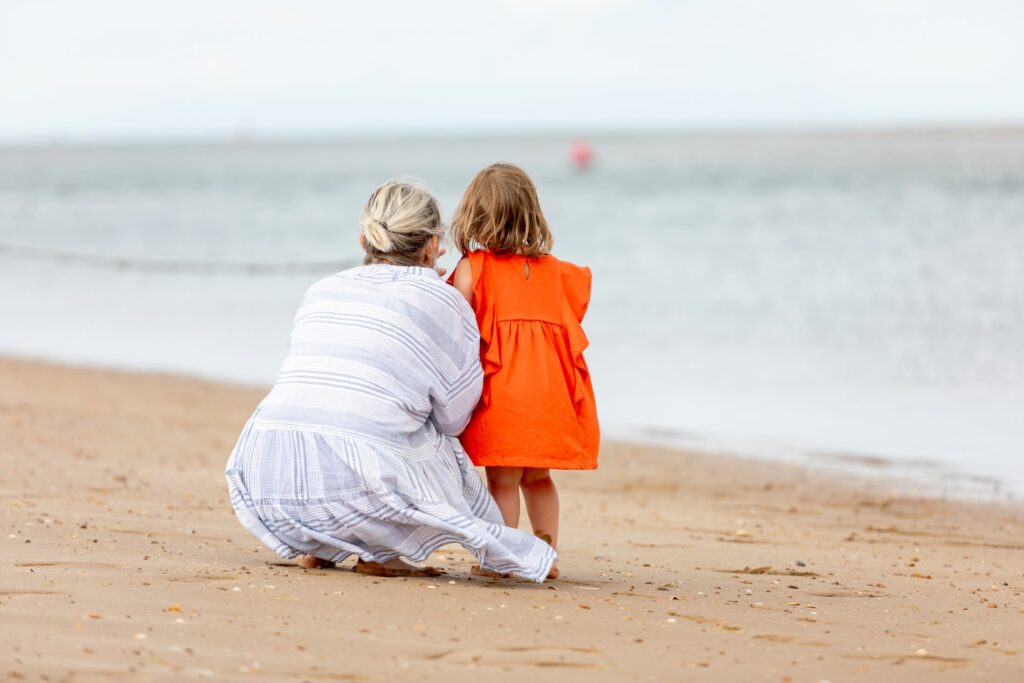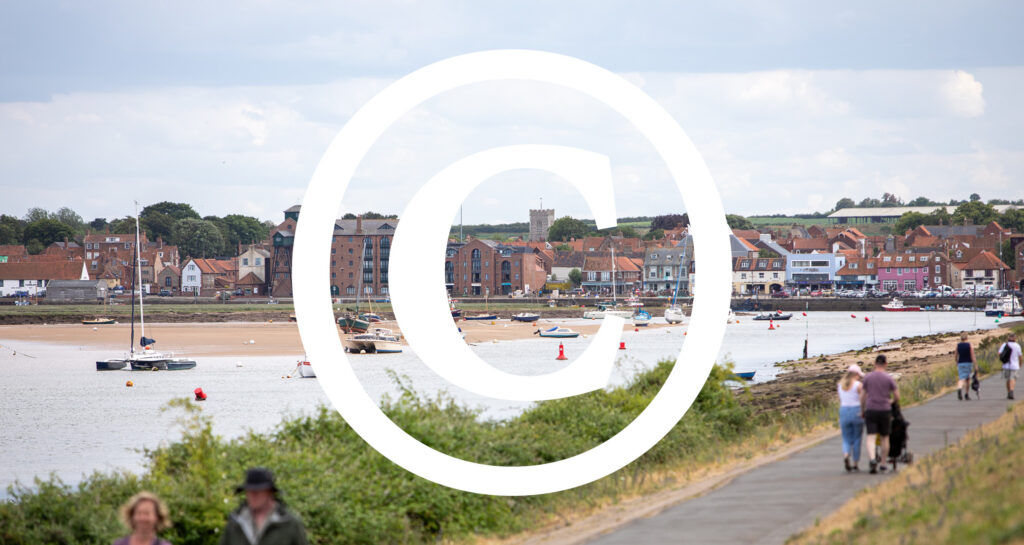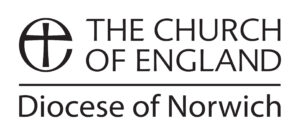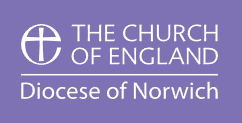Taking your own photos or videos to use online will present an authentic view of your community, and may help some feel more confident to come along knowing what to expect.
As you’ve created the images yourself, you are the owner, and you are free to use them as you wish, however, you must be aware of GDPR and the implications for anyone appearing in the images or video.
Those appearing in film or photography will need to have given consent, as religion is a protected feature under Data Protection and UK/EU GDPR. A photo release form can be signed by adults and must include all the places that the photo or video may be used by the church. Regular attendees at the church need to only sign this once but it should be refreshed regularly, such as every three years. However, new visitors should be asked before the service or event begins.
Make sure you have an updated privacy policy to display somewhere within your church building and on your website so that it can be read before the consent form is signed.

Template documents to use for imagery:
You can find further guidance for taking photos and videos during religious activities such as Church services, Eucharist, or Christenings, etc. on the Church of England website here.
This does not relate to non-religious activities such as fetes or parties etc. The National Safeguarding Team has created guidance for non-religious activities involving children and vulnerable adults in the Safer Environments and Activities guidance here.
You can find all the latest information and guidance on GDPR from the National Parish Resources team on their website here.
Copyright
Images can set the tone or underpin an important message. Without writing a word, they can welcome, inspire, encourage, and create a window to see into our communities. There are times where you may not have the right photo to compliment a social media post or your website – stock photography is the answer.
Before you download an image that is not your own, check the website has included information on how the images are licenced so that you can use with confidence. Stock photography website Unsplash details how the images are licenced, and show a good example of what you should look for before downloading an image or video.
Find out more about copyright, GDPR and consent here.
Images and copyright: A guide to using images online legally

FAQs
Videos containing children may be used by the church if consent has been given by their parent or guardian, following the same guidelines as with adults.
There are any number of reasons why someone may choose to withdraw their consent, and it is not your role to discover why they would like to withdraw, but to make this as easy as possible, as this is their legal right.
- When someone withdraws their consent, videos or images of that person should be deleted everywhere it has been stored or published online and offline, if these images are of that individual only.
- If someone who later withdraws consent appears in a group video (i.e. as a member of the congregation), it is unlikely that the video can be edited. Many churches may find it easiest to remove the video completely, but the church may find it helpful to discuss this with the individual who has withdrawn their consent to see if an alternative solution can be found. However, if the individual insists on removal, the church should comply.
- It is more likely that a church would experience people not giving consent initially, than withdrawing it later, however it is wise to be prepared for this to happen, particularly where children are filmed because they may choose to have these images removed once they get older.
The simple answer is no.
Searching Google Images will throw up an infinite number of images, sourced from all over the web. Many will be subject to copyright, may have been uploaded without the photographers knowledge or consent, or taken from paid stock photography sites without permission. Without knowing, you may use an un-licenced image and could be sent a costly invoice – this does happen. Quite simply, don’t use images or video that you have not been given permission to use.
There are several websites where you can download free stock images and video. These sites will have gained consent from the creators, and the licence information will be clear on the website, so you can be confident you are not breaking any rules.
Here are some of our favourites:

